Fuel gauges are important in John Deere equipment because they help avoid unexpected shutdowns. Having your machinery give out in the middle of your work because of low fuel can be frustrating, so you need to tell how much fuel you have left at any given time. To understand why these gauges can break and what to do, we thoroughly researched the issue. Here are our findings.
The common reasons that your John Deere fuel gauge isn't working are a faulty sending unit, a blown fuse, or corroded wiring. To fix the fuel gauge, you can do the following:
- Inspect the sending unit
- Check the fuse and the wiring
- Test the fuel gauge using a multimeter
Using your garden equipment with low fuel can cause damage in the long run. Keep reading to get detailed information on why your John Deere fuel gauge isn't working properly and how to fix it.
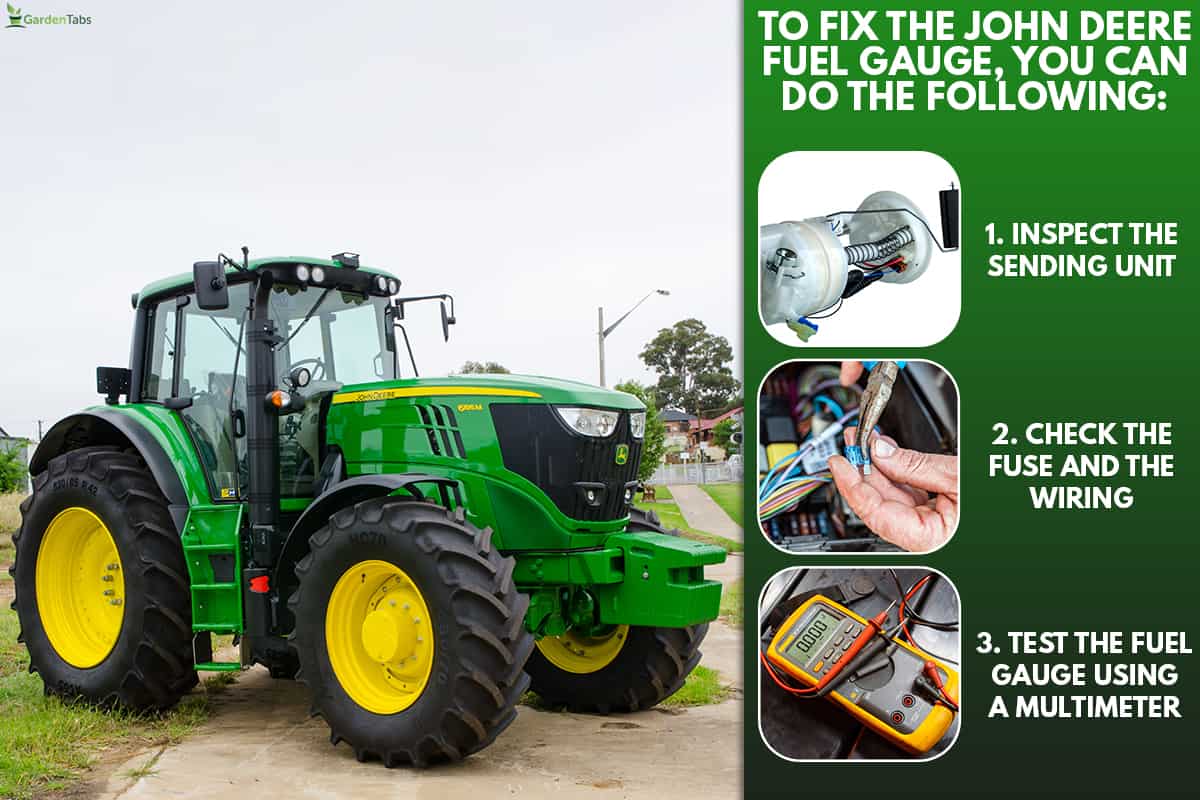
Why Is My John Deere Fuel Gauge Not Working?
There are several possible reasons why your John Deere fuel gauge is not working. Here are the most common.
Faulty Sending Unit
A fuel-sending unit is a floating device that measures the amount of fuel in a tractor's tank and sends this information to the fuel gauge. It is typically located near the bottom tank, where it can accurately measure fuel level. Some newer tractors have fuel-sending units integrated into the fuel pump, simplifying installation and reducing the potential for leaks.
Fuel-sending units usually consist of a float connected to a variable resistor. As the fuel level in the tank changes, so does the float's position. This, in turn, changes the variable resistor's resistance, which changes the current flowing through the gauge. The gauge then uses this information to display the appropriate fuel level on the dashboard.
A faulty sending unit would alter the signal sent by the float and variable resistor, thereby causing the malfunction of your John Deere fuel gauge.
Blown Fuse
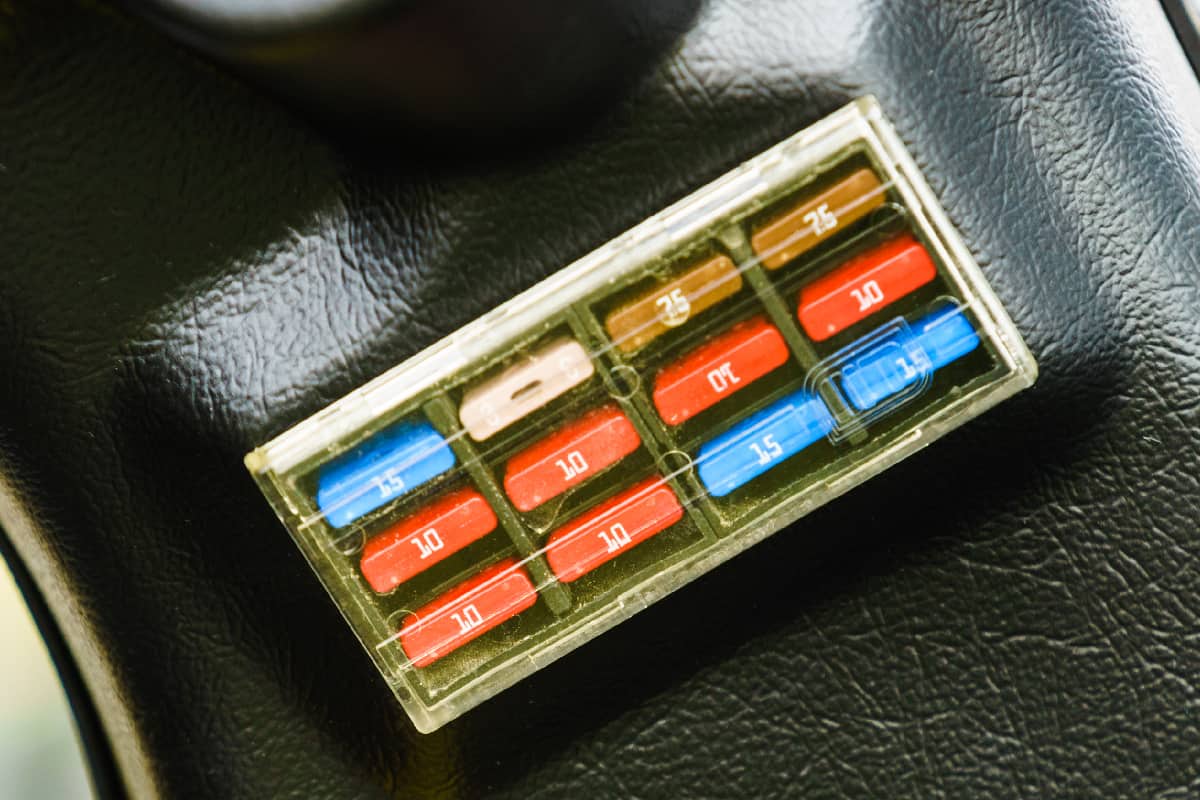
Every electrical component in your tractor has a fuse, including the fuel gauge. When a fuse blows in your tractor, it can be a major inconvenience. A blown fuse can cause a faulty fuel gauge in your tractor. This can also cause malfunctioning in other gauges.
Corroded Wiring
If you notice that the fuel gauge in your John Deere is not working properly, it could be because of corroded wires. Loose connections can result from corroded wires which can damage the fuel gauge.
If a tractor is exposed to water damage, it is important to check the wire in the fuel gauge. If you suspect that your wiring is corroded, it is important to have it checked by a professional.
What To Do To When John Deere Fuel Gauge Is Not Working
If your John Deere fuel gauge is not working and you've inspected for the issues above, here's what you should do next to fix the problem:
Test The Gauge With a Multimeter
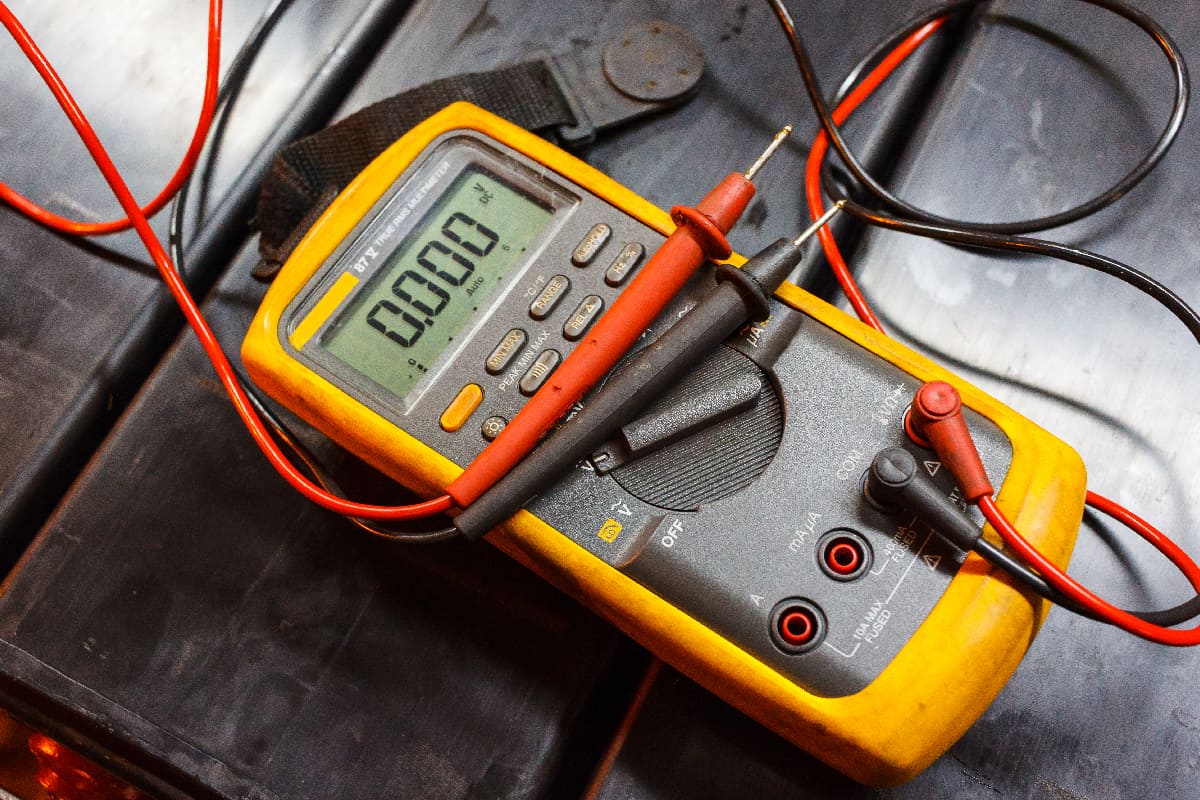
A gauge multimeter is an important tool for detecting electric faults in a fuel gauge. Measuring the voltage across the gauge can help determine if there is a problem with the fuel gauge itself or the wiring.
Additionally, the multimeter can help pinpoint any shorts or other electrical problems by monitoring the current flowing through the gauge.
Check out this multimeter on Amazon.
Replace Blown Fuse
If your tractor's fuel gauge has failed due to a blown fuse, you will have to replace it. You may also need to find the source of the problem that caused it to blow in the first place.
Replacing the fuse is an affordable and easy fix that you can do yourself. Simply locate the fuse box, remove the old fuse, and insert a new one. If you're unsure which fuse to replace, consult your John Deere tractor owner's manual. Once the new fuse is in place, your fuel gauge should start working again.
Check out this fuse kit on Amazon.
Change Corroded Wiring
If the wiring in your John Deere fuel gauge is corroded, you can fix it by first disconnecting the battery to avoid any potential shocks. Next, remove the paneling around the fuel gauge.
Once you have access to the wiring, check for any signs of corrosion. Use a wire brush to clean it off if there is mild corrosion. If the wires are severely corroded, you may need to replace them.
After cleaning or replacing the wires, reattach the paneling and reconnect the battery. Finally, test the fuel gauge by starting the engine and watching the needle move as you drive. If it doesn't move, there may be another issue with your fuel gauge that will require further diagnosis.
Types Of Fuel Gauges
There are two main types of fuel gauges for John Deere tractors: mechanical and electronic.
Mechanical fuel gauges have a float that rests on top of the fuel. The float moves up and down as the fuel level rises and falls. This movement is transferred to a needle on the gauge, indicating the fuel level. It is also known as a direct reading gauge.
Electronic fuel gauges use sensors to measure the fuel level in the tank. The information is then displayed on a digital readout. These fuel gauges are more accurate than mechanical ones because they are not affected by temperature changes or fuel sloshing. It is also more efficient since one electronic fuel gauge can be used for multiple tanks.
What Are The Signs Your John Deere Has a Bad Fuel Guage?
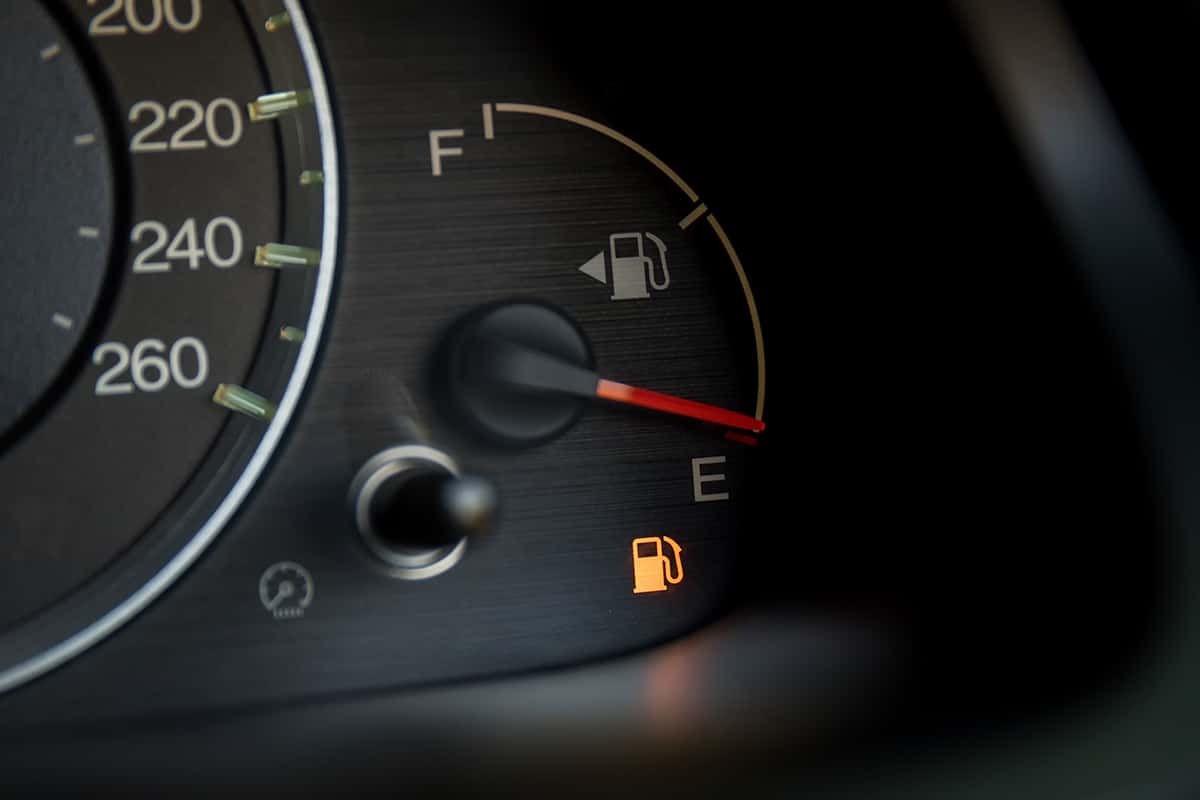
A false low fuel light on the dash indicates that the gauge isn't working properly. If the needle moves too frequently or the gauge constantly shows "F" or "E," it's time to take your John Deere to a mechanic for diagnosis and repair.
Can You Keep Driving Your John Deere With a Bad Fuel Gauge?
If you're wondering whether you can drive with a bad fuel gauge, the answer is yes. However, it's not advisable to do so. A faulty fuel gauge can lead to inaccurate readings. You might be misled to overfill or underfill your tank.
This can cause damage to your engine and potentially leave you stranded in the middle of work. If you are unsure about how to fix the problem yourself, it is always best to consult with a professional mechanic.
Fuel gauges are relatively easy to repair, so it's worth taking care of the problem immediately to avoid potential complications.
How Much Does It Cost To Fix a Fuel Gauge?
The cost to fix a fuel gauge in your John Deere depends on the model and year. The average cost to repair a fuel gauge is between $250 to $400. The exact cost will vary depending on the issue's severity.
In some cases, replacing the entire fuel gauge assembly may be necessary. However, the repair may be relatively inexpensive if the problem is simply a loose connection or damaged wiring. Fuel gauges can be tricky to repair, so it's best to consult a professional mechanic or auto body shop.
Check out this universal fuel level gauge on Amazon.
How Can You Check The Fuel Level On Your John Deere Without a Gauge?
Without a fuel gauge, there are other ways to check the fuel level on your John Deere. Here are the most reliable.
Use The Odometer
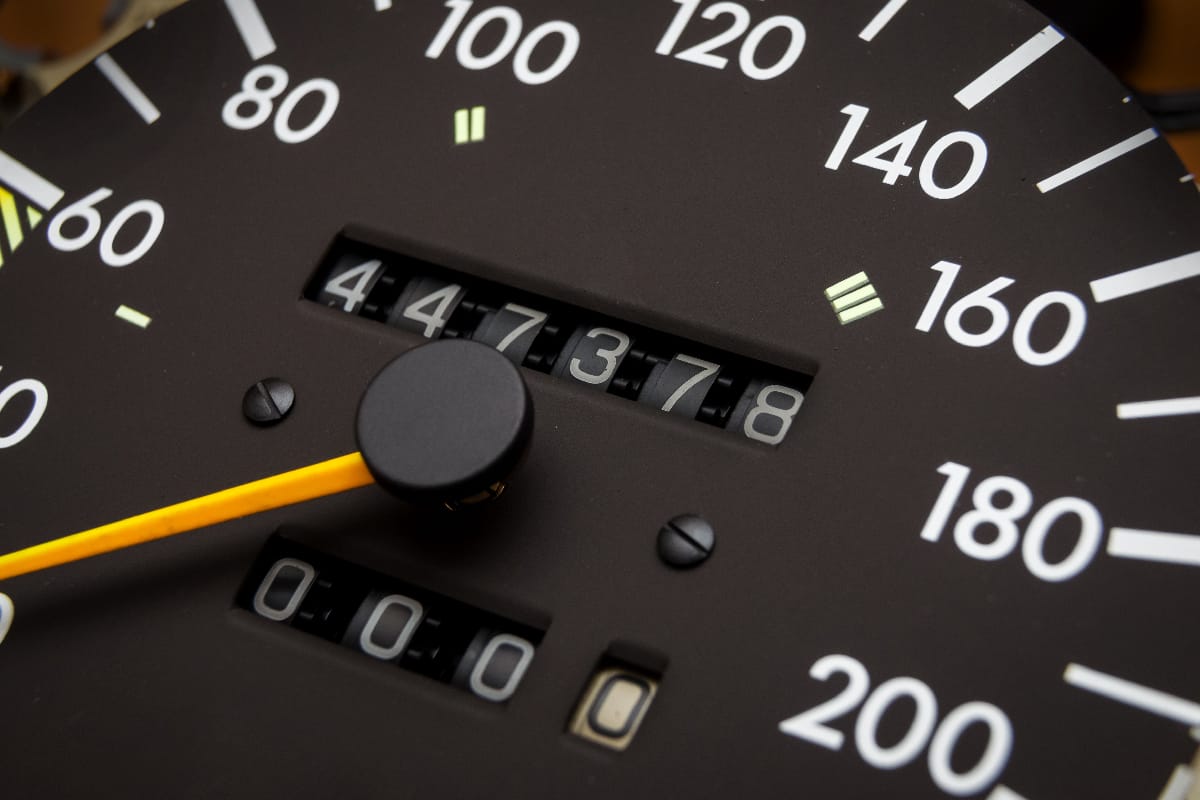
To check your tractor's fuel level, you can use the odometer. The odometer is a device that measures the tractor's traveled distance. It is usually located in the dashboard.
Simply note the reading on the odometer and compare it to the regular fuel consumption. Remember that the odometer readings may not be accurate, so it is always best to refuel sooner rather than later.
Check The Fuel Level With A Dipstick
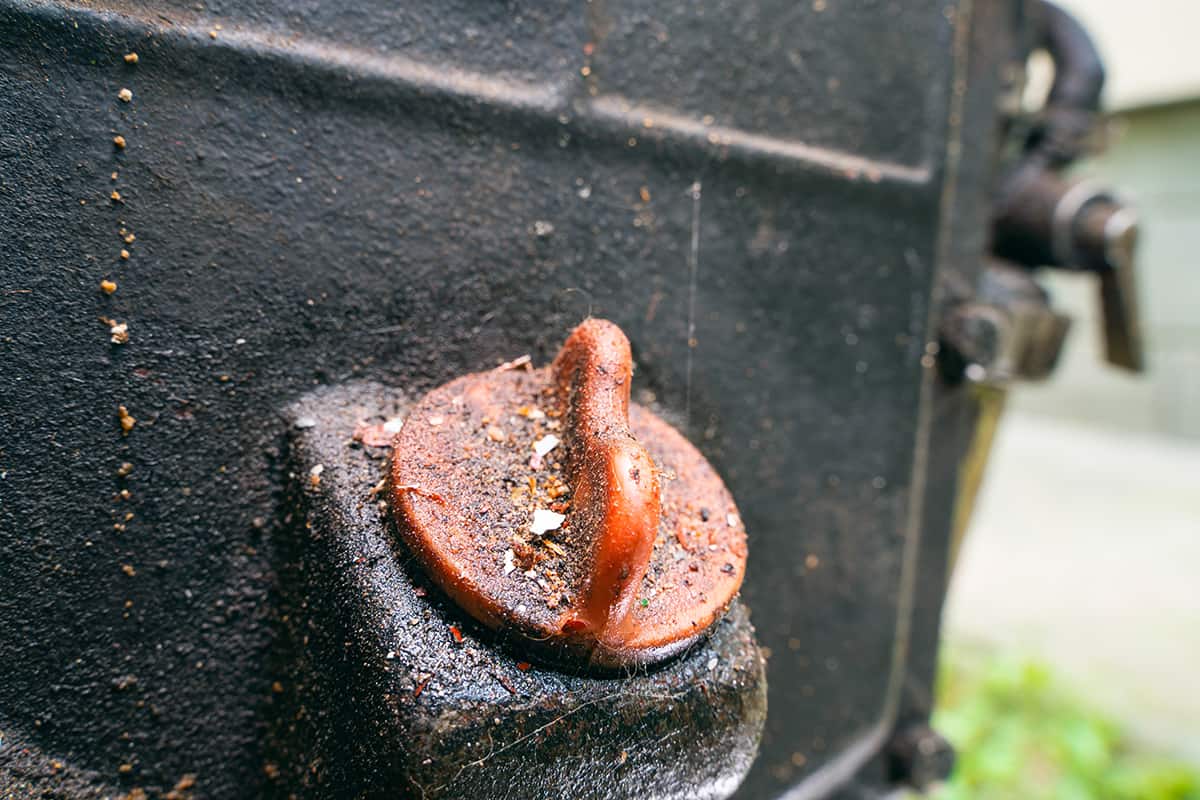
The dipstick is usually near the engine. To use it, pull it out and wipe it clean with a rag before reinserting the dipstick into the fuel tank and pushing it in. Then, remove the dipstick and check where the oil level is on the end of the stick.
If the oil level is below the "full" line, your vehicle needs more fuel. Add fuel to your vehicle until the oil level is at or above the "full" line on the dipstick.
You can also check the owner's manual to see how much fuel the tractor takes. It is important to know how much your tractor consumes in a specific time so that you can budget for fuel costs and plan your work accordingly. You can find this information in your tractor's owner's manual.
Conclusion
A fuel gauge is a vital part of any vehicle, including a John Deere tractor. If your fuel gauge suddenly stops working, the common reasons are a damaged fuse, wiring, or a faulty sending unit. You can test the gauge with a multimeter and fix the problem by replacing the damaged parts.
Before you go, here are more articles to read:
How Long Should a John Deere Riding Mower Last?



